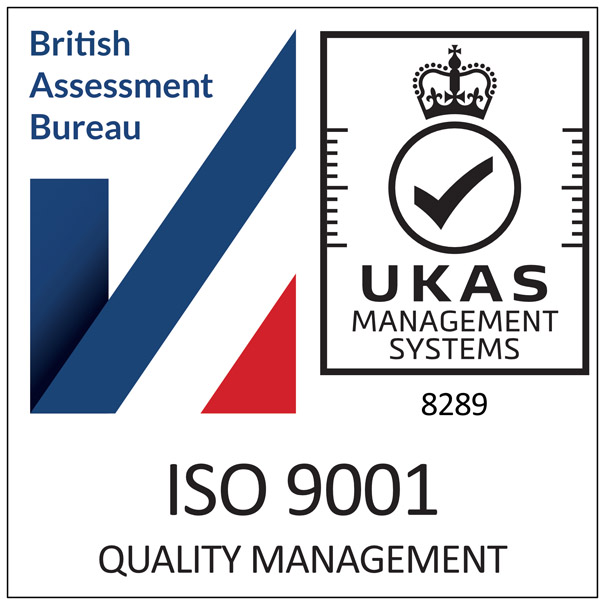
Geotextile fabrics can be used for a variety of applications to improve the longevity and functionality of a landscape. Knowing whether to use a woven or non-woven geotextile membrane is vital. Here’s why.
Geotextile Fabric Drainage
Ensuring a landscape is suitably drained eliminates the risk of all the hard work being ruined by waterlogging. Using a permeable geotextile fabric means water can filter through and return to the natural water cycle.
- Drainage Systems – Some gardens require drainage systems to be built in particular areas that are prone to drainage problems. In this instance a water attenuation crate may be required. A non-woven geotextile membrane like Draintex can be used to wrap the crate, to prevent silt build up, while allowing water to flow through. The high permeability of Draintex also makes it perfect to use when installing a French drain.
Although woven geotextile membranes are permeable, they are unsuitable for drainage purposes as they do not have the correct properties to sufficiently drain water. Instead, woven geotextile fabrics like Groundtex are used to suppress weeds while allowing some water to filter through, which avoids puddles forming on the surface.
Ground Stabilisation Using Geotextile Fabrics
Using a geotextile fabric for ground stabilisation is crucial for spreading the force of a load imposed upon a sub-base layer. This ensures the finished application, whether that be a patio or driveway, remains intact while being subject to vehicular or footfall traffic.
- Driveways – The best performing geotextile fabric for laying a driveway is a non-woven fabric, like Drivetex. The non-woven property of this geotextile membrane means that it does not lose strength when buried in the ground, unlike woven geotextile membranes, which, despite being able to cope with vehicle traffic, lose strength when buried in the ground. This is why woven geotextile fabrics are most effective for driveways.
- Patios / pathways – Beneath patios and pathways a non-woven fabric, such as Landtex, would not be suitable, as it does not have the strength to withstand footfall, meaning it would easily tear. A more durable geotextile fabric, such as Groundtex, would be more suitable because it has the strength and durability to be subject to frequent footfall.
Geotextile Fabric Weed Suppression
Both landscape and geotextile fabrics are suitable for weed suppression. However, other factors need to be considered when deciding which one to pick.
- Fabric Colour – Despite Draintex being a non-woven geotextile membrane, it is not suitable for weed suppression. This is because the white colour of the fabric does not block out the sunlight and therefore could allow weed growth. A more effective fabric for weed suppression would be Weedtex, as the black colour of the membrane blocks out sunlight.
- Application Type – There are situations when a weed membrane also needs to serve as a ground stabilisation fabric too. For example, beneath patios and pathways. In this instance, the woven geotextile fabric Groundtex would be a suitable choice. The strength of this membrane is capable of supporting frequent footfall while having an excellent ability to supress weed growth.
Find out more about the Growtivation Product That Works range by downloading our Product Guide and your free copy of our Landscaping That Works guide to weed control and geotextile fabrics. Our PledgeMark warranty certifies that our products are suitable for their intended use for your peace of mind and quality assurance.
To find out where you can buy Growtivation products visit our online Where to Buy facility or contact the friendly team at Growtivation for advice on 0800 197 8885 or email sales@growtivation.com.












